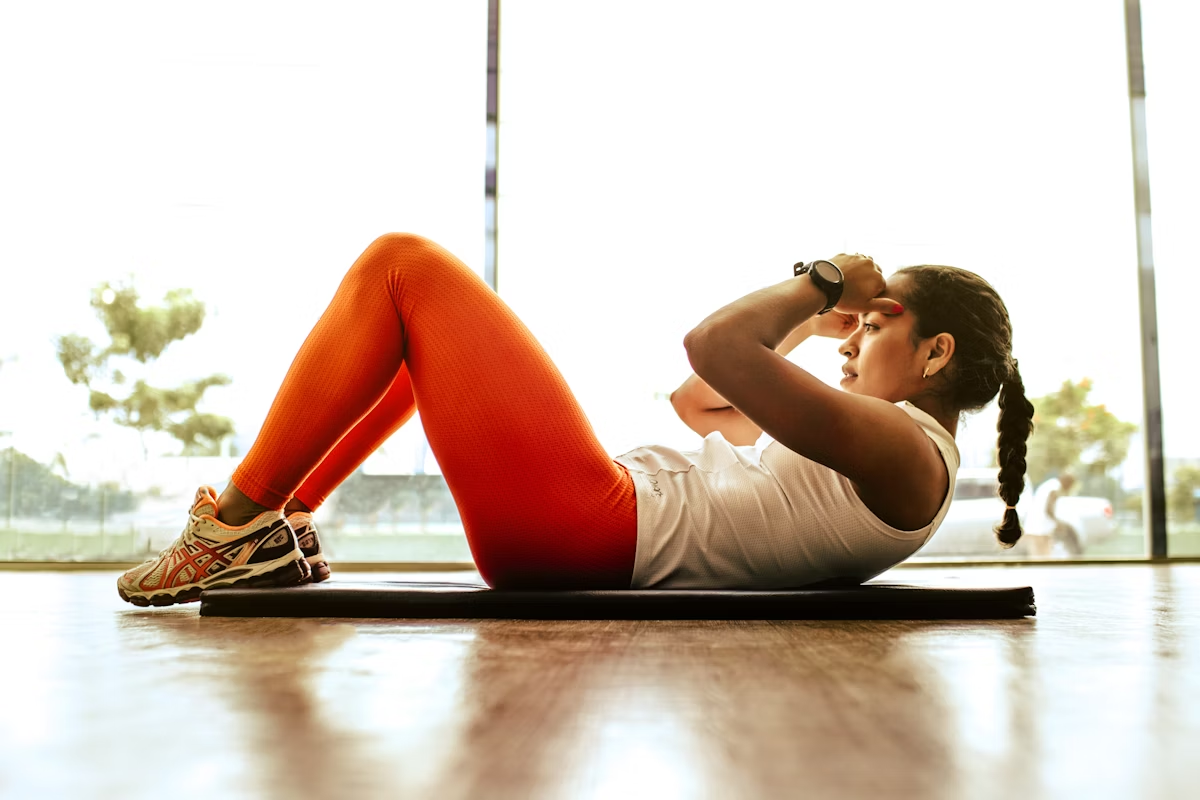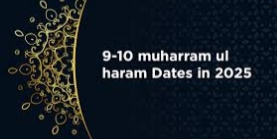The Hard Truth About Pushing Through Pain

For decades, the mantra “No pain, no gain” has been the battle cry of gym-goers, athletes, and weekend warriors. But what if this mindset is actually sabotaging your fitness goals—leading to injuries, burnout, and stalled progress?
New research in sports science and physiology reveals that pain is not a badge of honor—it’s often a warning sign. In this deep dive, we’ll explore:
✅ Why the “pain = progress” myth persists
✅ The real difference between “good” soreness and harmful pain
✅ How overtraining hurts muscle growth and performance
✅ Smarter ways to train for long-term success
Let’s debunk this dangerous fitness myth once and for all.
Where Did “No Pain, No Gain” Come From?

The phrase gained popularity in the 1980s fitness boom, fueled by:
- Bodybuilding culture (Arnold Schwarzenegger’s era)
- Military-style training programs
- Misinterpretation of muscle soreness
But science has evolved since then. We now know that pain is not a reliable indicator of an effective workout—and ignoring it can lead to:
- Tendon and ligament damage
- Chronic joint inflammation
- Overtraining syndrome (fatigue, insomnia, weakened immunity)
Good Pain vs. Bad Pain: Know the Difference
✅ “Good” Pain (Normal)
✔ DOMS (Delayed Onset Muscle Soreness) – Peaks at 24-48 hours, feels like stiffness
✔ Muscle fatigue during workouts – Shaking, burning (but no sharp pain)
✔ Resolves with light movement & recovery
❌ “Bad” Pain (Warning Signs)
✖ Sharp, stabbing pains (could indicate a tear or strain)
✖ Joint pain that lingers (knees, shoulders, lower back)
✖ Pain that worsens with movement (not just soreness)
“If it hurts in a way that alters your movement, STOP. That’s your body’s alarm system.”
— Dr. Kelly Starrett, mobility expert
How Pushing Too Hard Backfires

1. Overtraining Kills Gains
- Cortisol spikes break down muscle instead of building it
- Recovery suffers, leading to plateaus
- Increased injury risk means forced time off
2. Joint Damage Adds Up
- Tendonitis, bursitis, and arthritis risks rise
- Poor form under fatigue = long-term wear and tear
3. Mental Burnout Is Real
- Exercise should energize, not exhaust you
- Chronic pain leads to workout avoidance
The Smarter Approach: Train Hard, Recover Harder
1. Listen to Your Body
- Scale intensity based on energy levels
- Modify exercises if something hurts
2. Prioritize Recovery
✔ Sleep 7-9 hours nightly (muscles repair during deep sleep)
✔ Hydrate & eat enough protein (repair nutrients)
✔ Active recovery days (walking, yoga, mobility work)
3. Follow the 80/20 Rule
- 80% of workouts at moderate intensity
- 20% at high intensity (only when fully recovered)
4. Track Progress Differently
- Strength gains > soreness
- Consistency > occasional extreme sessions
What Pro Athletes Really Do (Hint: It’s Not “No Pain, No Gain”)

Top performers focus on longevity, not just pushing limits:
- LeBron James spends $1M/year on recovery (cryotherapy, hyperbaric chambers)
- Olympic swimmers train in “zone 2” most of the time (low-intensity cardio)
- Powerlifters rarely max out (save it for competition)
“The best athletes aren’t the ones who train hardest—they’re the ones who recover smartest.”
— Dr. Andy Galpin, sports scientist
The Bottom Line: Progress Without Pain

The “No pain, no gain” mentality is outdated and dangerous. Real fitness success comes from:
✅ Smart training (not just hard training)
✅ Adequate recovery (where gains actually happen)
✅ Listening to your body (pain is data, not motivation)



